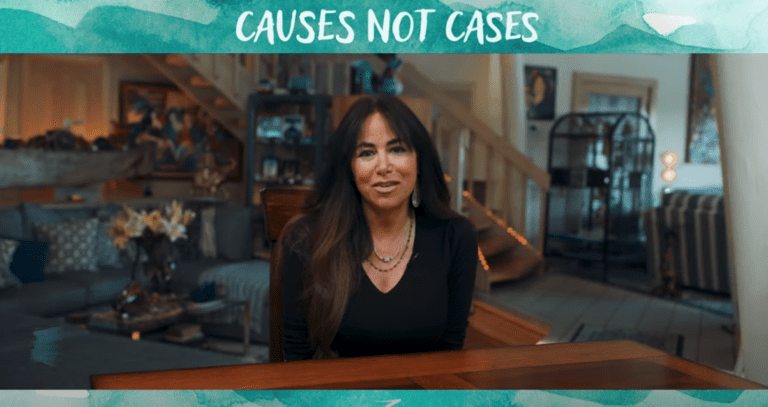[profileleft] [/profileleft]The National Center for Educational Statistics (NCES) is charged with compiling and reporting on data that relates to the educational system in the United States. In recent years, school bullying has become an increasing problem across the country. We have looked at several aspects of this troubling issue, including the bullying of students with disabilities, relational bullying and cyberbullying among others.
[/profileleft]The National Center for Educational Statistics (NCES) is charged with compiling and reporting on data that relates to the educational system in the United States. In recent years, school bullying has become an increasing problem across the country. We have looked at several aspects of this troubling issue, including the bullying of students with disabilities, relational bullying and cyberbullying among others.
The NCES recently released its 2015 School Crime Supplement to the National Crime Victimization Survey. The report contained a large amount of data relating to school bullying. In our continuing effort to raise awareness with regards to bullying in general, we’d like to provide some of the information contained in that report.
If your child has been or is being bullied and you need help enforcing your legal rights, contact the children’s rights lawyers at Gomez Trial Attorneys as soon as possible.
School Bullying Data: General Statistics
Those interested in reading the entire report can find it here. The NCES broke down several different details with regards to school bullying, beginning with the overall data. Below you’ll find a breakdown of the prevalence of school bullying and the different types of bullying that occurred in the United States during the school year of 2014-15.
The students included in this analysis were between 12 and 18 years old at the time.
- Total number of students: 24,243,000
- Number of students bullied: 5,041,000
- Made fun of, called names or insulted: 3,223,000
- Subject of rumors: 2,968,000
- Pushed, shoved or spit on: 1,235,000
- Purposely excluded from activities: 1,220,000
- Threatened with harm: 941,000
- Tried to make do unwanted things: 607,000
- Property destroyed on purpose: 440,000
- Number of students not bullied: 19,202,000
For comparison’s sake, the populations of Los Angeles, California and Dallas, Texas combined are about equal to the number of students subjected to school bullying during the 2014-15 academic school year in the United States.
School Bullying: Where It Occurred
The report goes on to explain where school bullying tended to occur during the year studied. These locations included:
- In a hallway or stairwell: 41.7 percent of bullied students
- In a classroom: 33.6 percent of bullied students
- School cafeteria: 22.2 percent of bullied students
- Outside on school grounds: 19.3 percent of bullied students
- Online or by text: 11.5 percent of bullied students
- School bus: 10 percent of bullied students
- Bathroom/locker room: 9.4 percent of bullied students
This specific breakdown clearly shows that there really is no place on any campus that is completely safe from school bullying.
School Bullying: Breakdown By Grade
The following are the percentages of students who were subjected to school bullying by grade in school:
- 6th grade: 31 percent
- 7th grade: 25.1 percent
- 8th grade: 22.2 percent
- 9th grade: 19 percent
- 10th grade: 21.2 percent
- 11th grade: 15.8 percent
- 12th grade: 14.9 percent
These data indicate that older students did not suffer from school bullying at the same rate as younger students.
School Bullying: How Often Students Were Targeted
The report also looked at how many times students had been targets of school bullying and what percentage of incidents were reported to adults. Those data down are as follows:
- No more than twice during the previous school year: 66.8 percent
- Once or twice per month: 19.3 percent
- Once or twice per week: 9.6 percent
- Almost every day: 4.2 percent
- Number of times an adult was notified: 43.1 percent
These data reveal that more than two-thirds of students who were bullied had this happen once or twice during the previous school year. These data also show that fewer than half of all school bullying incidents were ever reported to at least one adult.
School Bullying: The Internal Effects
Students were asked about how being targets of school bullying affected them in negative terms and in what way or ways specifically. Their answers, as broken down by percentages, were as follows:
- Feelings about self: 19.3 percent
- Relationships with family and friends: 14.2 percent
- School work: 13.7 percent
- Physical health: 9.1 percent
These percentages reflect the immediate effects of school bullying from the perspective of students who were targets. We discussed a study that delved into the potential long-term effects of bullying. Those interested can find that discussion here.
School Bullying: Why They Were Targets
Finally, the report broke down what the students who were targeted believed were the reasons that they were subjected to school bullying:
- Appearance: 26.9 percent
- Race: 10.1 percent
- Ethnic origin: 6.9 percent
- Gender: 6.7 percent
- Disability: 4.4 percent
- Religion: 3.7 percent
- Sexual orientation: 3.4 percent
How You Can Help Prevent Bullying
What we saw above, and this is consistent with other studies, is that fewer than half of all students who are bullied report it to some sort of authority figure. The number of programs regarding bullying prevention is growing across the United States, and these programs generally do a good job of helping students understand how to handle situations in which they are bullied or when they see others being bullied.
Adults can and should help prevent bullying as well. As a parent, the first step you need to take is to listen to your child. If he or she is making comments about not wanting to go to school or refusing to talk about certain aspects of his or her life, it could be a sign that he or she is being bullied. You need to trust your instincts and find out more however you can so that you can help bring about an end to this situation.
You could also speak to your child’s school about the anti-bullying programs and/or priorities that it has in place. If there is no such thing at the school, ask about how you can go about starting one. You could also speak to other parents about the situation, as collective action can be a powerful influence on a school system. Regardless of what you do, you should not do nothing, as this could only prolong someone’s suffering.
How Children’s Rights Attorneys Can Help
If you find yourself in a situation where your child is being bullied and you’re not getting the help you need, you should continue to fight. Contact the San Diego children’s rights lawyers at Gomez Trial Attorneys as soon as possible for a free case evaluation.







